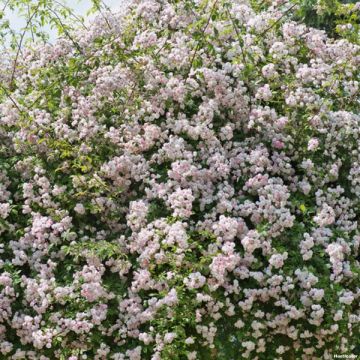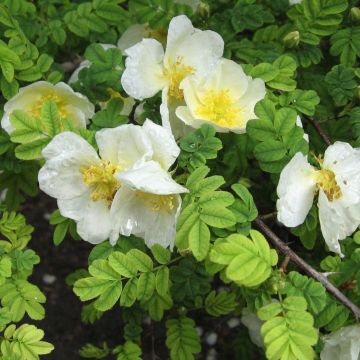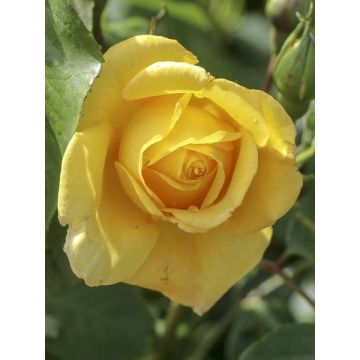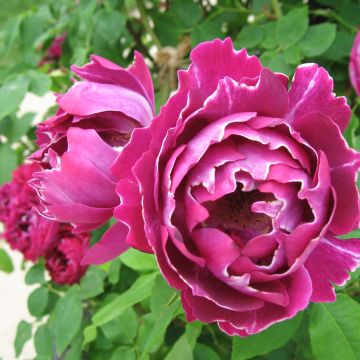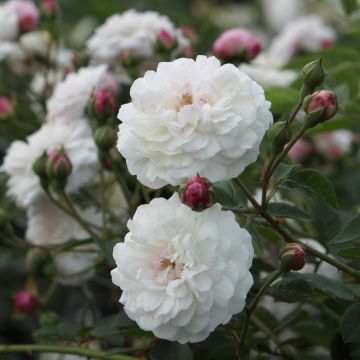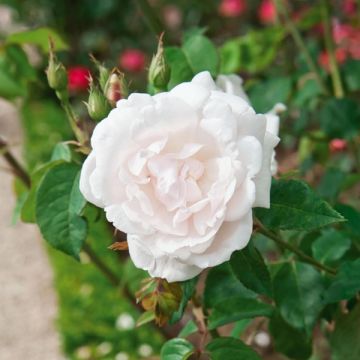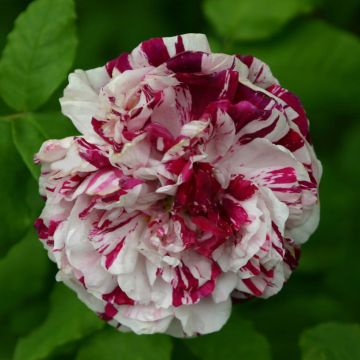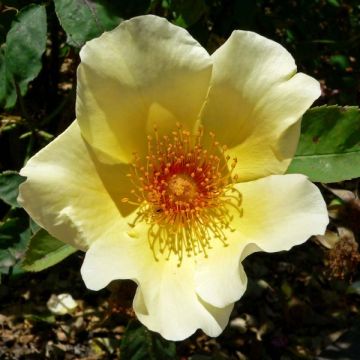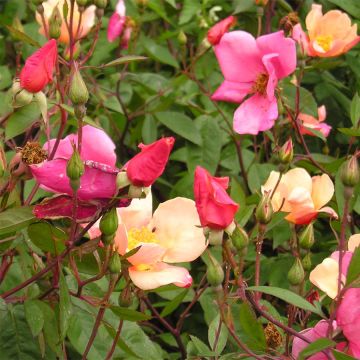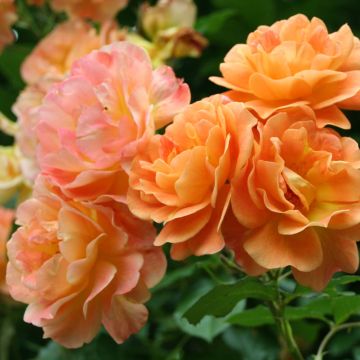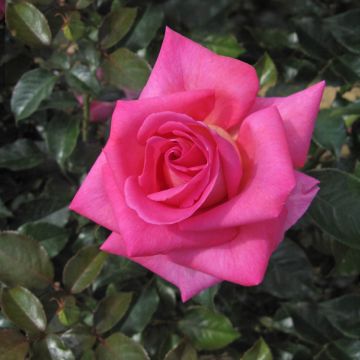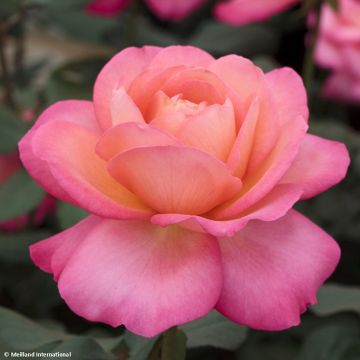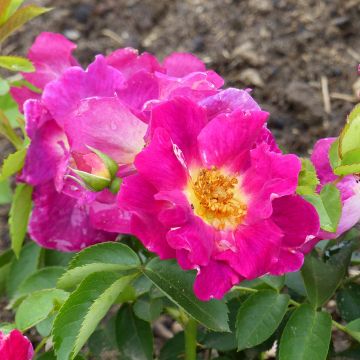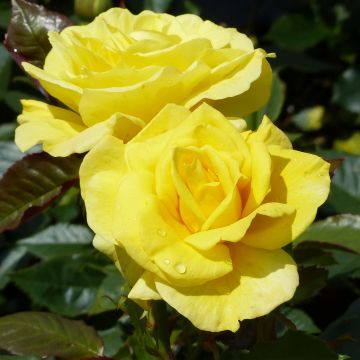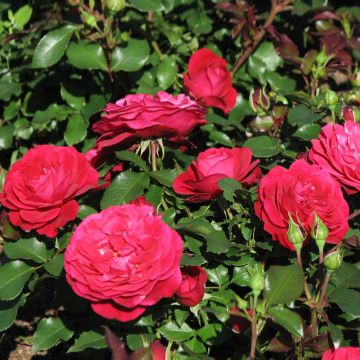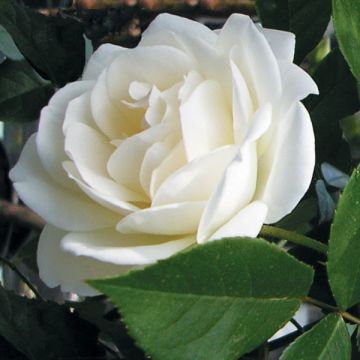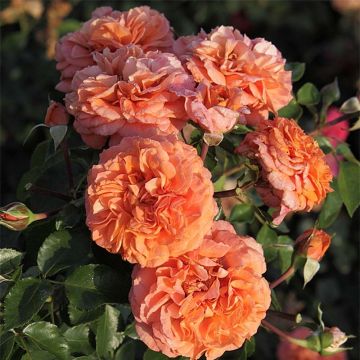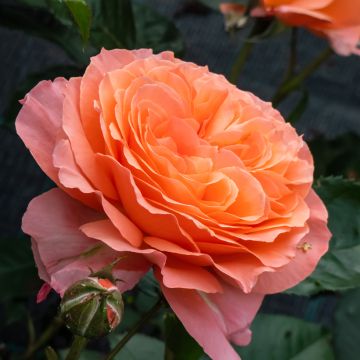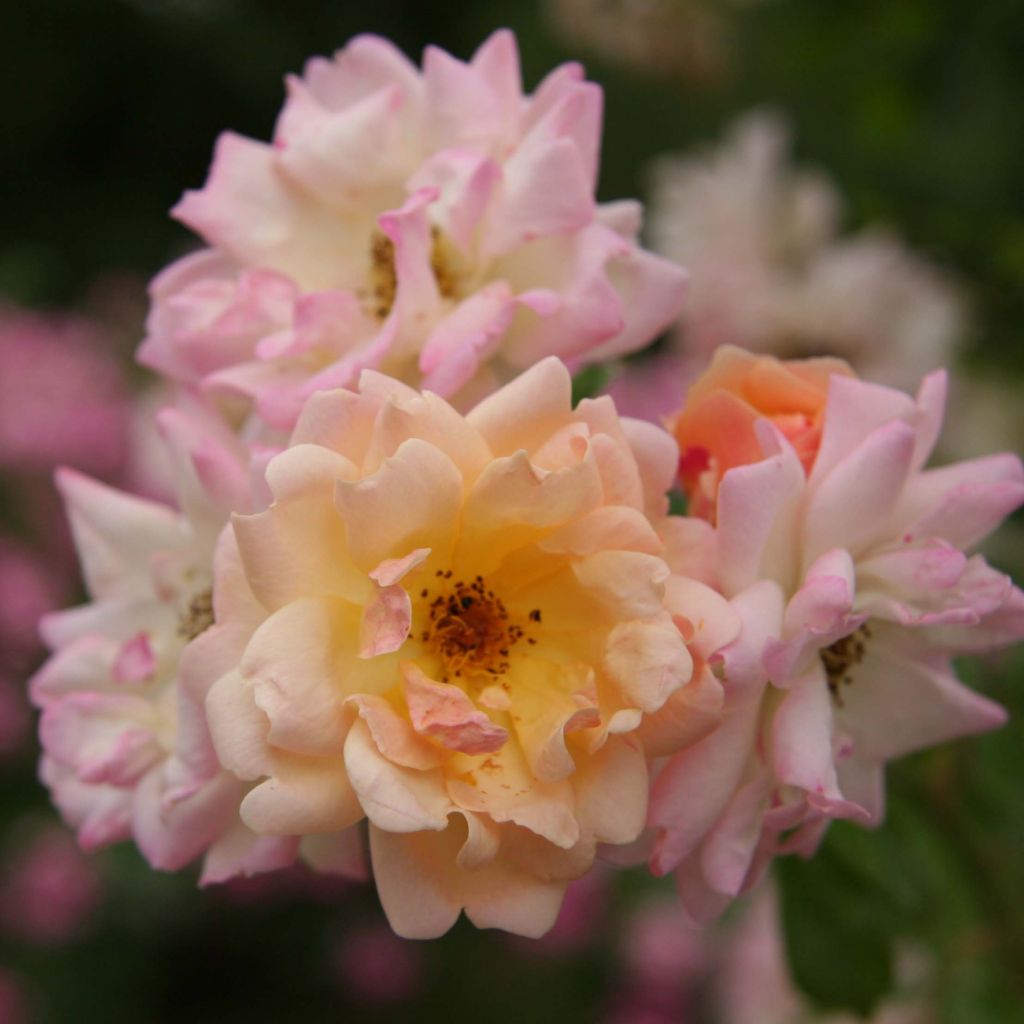

Rosa multiflora Phyllis Bide - Climbing Rose
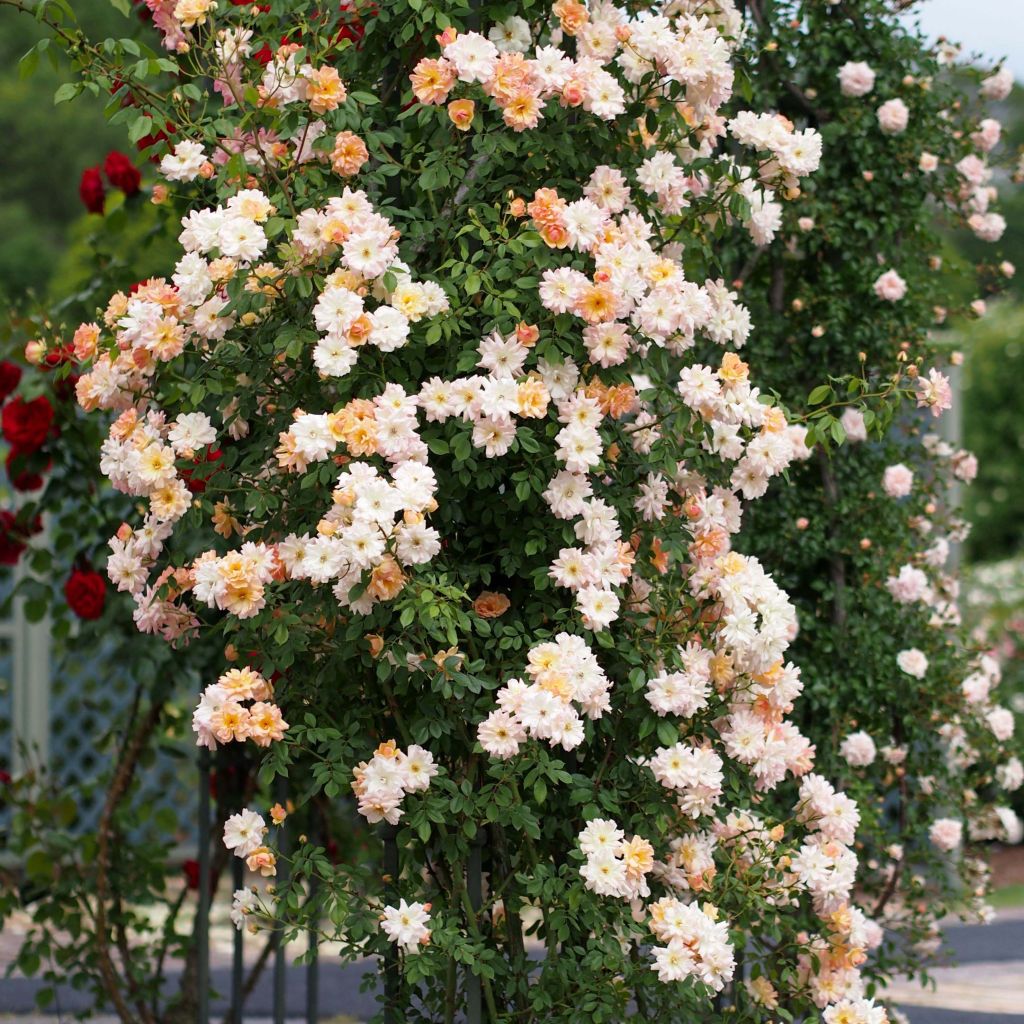

Rosa multiflora Phyllis Bide - Climbing Rose
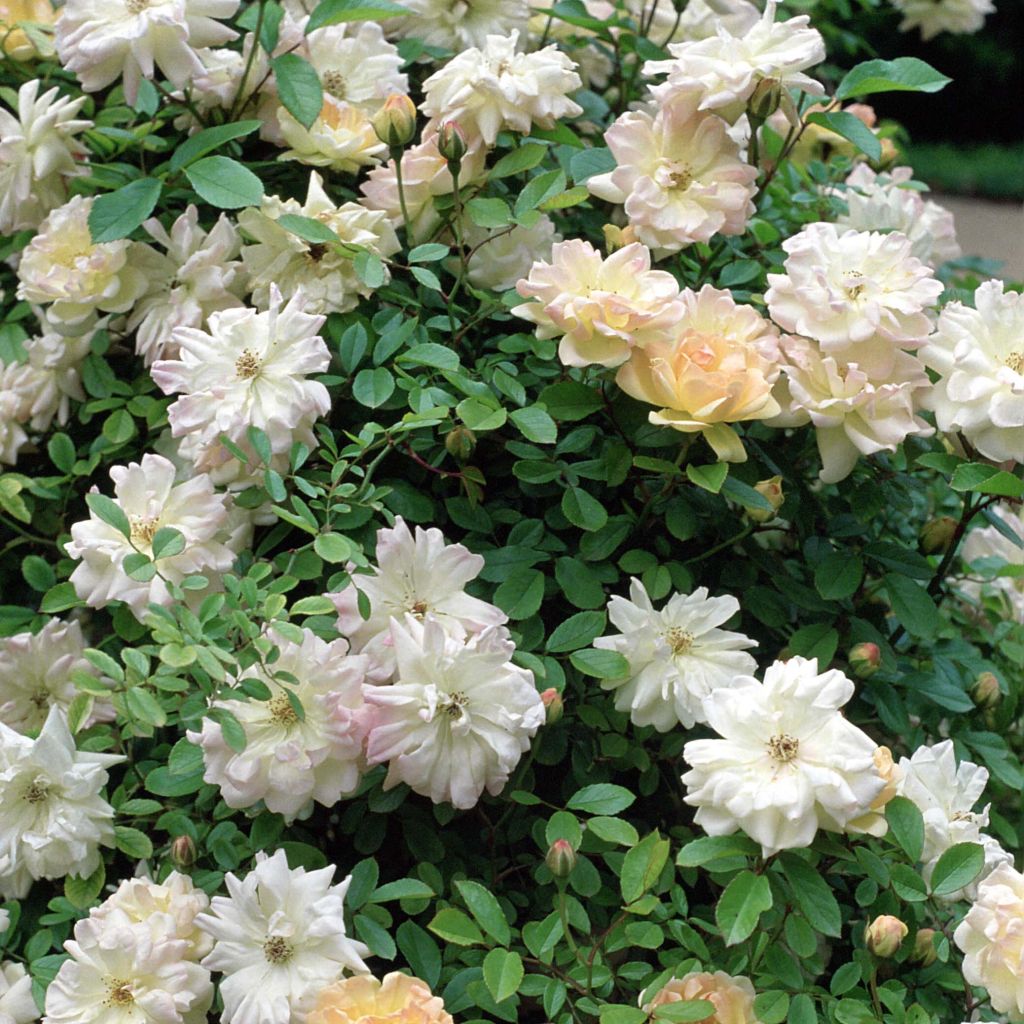

Rosa multiflora Phyllis Bide - Climbing Rose
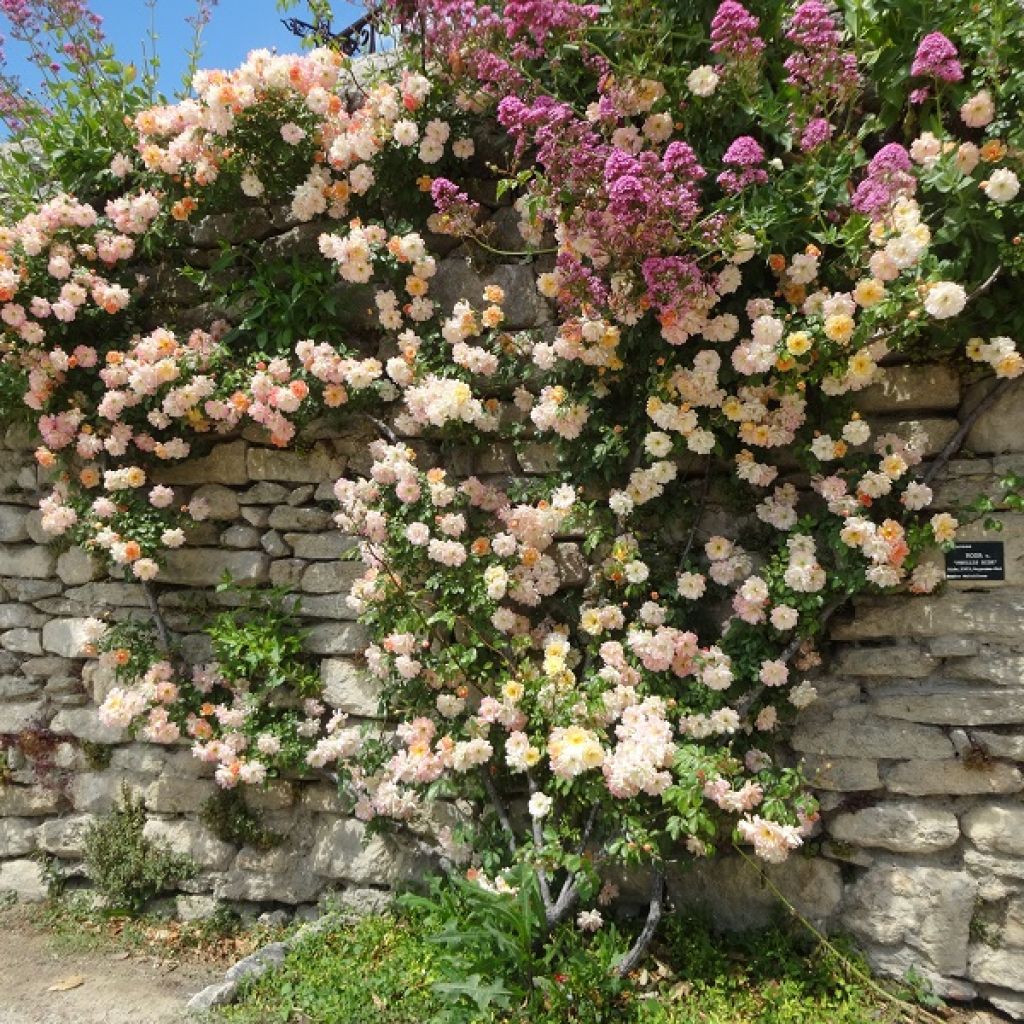

Rosa multiflora Phyllis Bide - Climbing Rose
Rosa multiflora Phyllis Bide - Climbing Rose
Rosa multiflora Phyllis Bide
Multiflora Rose, Japanese Rose, Baby Rose, Seven-sisters Rose, Many-flowered Rose
This item cannot be shipped to the selected country
Delivery charge from €5.90
Delivery charge from €5.90
Delivery to Corse prohibited
More information
Schedule delivery date,
and select date in basket
This plant carries a 24 months recovery warranty
More information
We guarantee the quality of our plants for a full growing cycle, and will replace at our expense any plant that fails to recover under normal climatic and planting conditions.
From €5.90 for pickup delivery and €6.90 for home delivery
Express home delivery from €8.90.
From €5.90 for pickup delivery and €6.90 for home delivery
Express home delivery from €8.90.
Delivery to Corse prohibited: UE law prohibits the import of this plant from mainland France to Corse as part of the fight against Xylella fastidiosa. Please accept our sincere apologies.
More information

Does this plant fit my garden?
Set up your Plantfit profile →
Description
The 'Phyllis Bide' Rose, an old multiflora hybrid, forms a large bush or a small climber depending on how it is trained. Hardy in nature, abundant and healthy foliage, and an original and well-flowering are its main characteristics. In bloom from June to October if well fed, this large rose produces beautiful changing flower panicles, evoking garlands scattered with small double and disheveled roses, a light apricot yellow tinged with pink at the opening, quickly fading to cream pink, and finally speckled with pink. Vigorous and floriferous, pleasantly fragrant, it is a healthy and charming rose!
Rosa multiflora or polyantha 'Phyllis Bide' is a horticultural creation by hybridizer Bide, dating back to 1923, originally derived from crosses between R. multiflora and R. chinensis. It forms a beautiful bush 1 - 1.2m (3 to 4ft) to 2m (6 to 7 ft) in height and 1.2m (3 to 4ft) in spread, depending on whether it is left free or trained as a climber.. Its habit is highly branched, vigorous but flexible, and covered with abundant and elegant foliage, very healthy, bright green, with narrow and pointed leaflets. Its flowering is remarkably long, lasting 5 to 6 months, it is in bloom, provided it does not lack water or food after its first flowering. This bush renews in successive waves throughout the summer, its double corollas 5cm (2in) in diameter, gathered in terminal clusters. The tight buds then give slightly fragrant roses with a somewhat nonchalant appearance. The colour of the flowers is apricot yellow at the heart, tinting pink, and finally cream or even white and speckled. The small fruits that delight birds in the winter are called hips.
'Phyllis Bide' is a rose with a very "Roaring Twenties" charm, whimsical and abundant. With the strength of the tender, it is easy to train on a post or a column. Like other large roses, such as 'Ghislaine de Féligonde' with which it pairs so well, it is incomparable for giving a little air of abandon planted above too strict flowerbeds. It is an ideal companion for an old fruit tree, a small pillar, and the cabins to which it adds a crazy charm. Trained on an arch, near the terrace, it will create a poetic and fragrant passage. As it is easy to maintain a bushy habit, it can also be planted in a mixed hedge, in the company of viburnums, mock oranges, hibiscus, or lilacs.
Report an error about the product description
Rosa multiflora Phyllis Bide - Climbing Rose in pictures
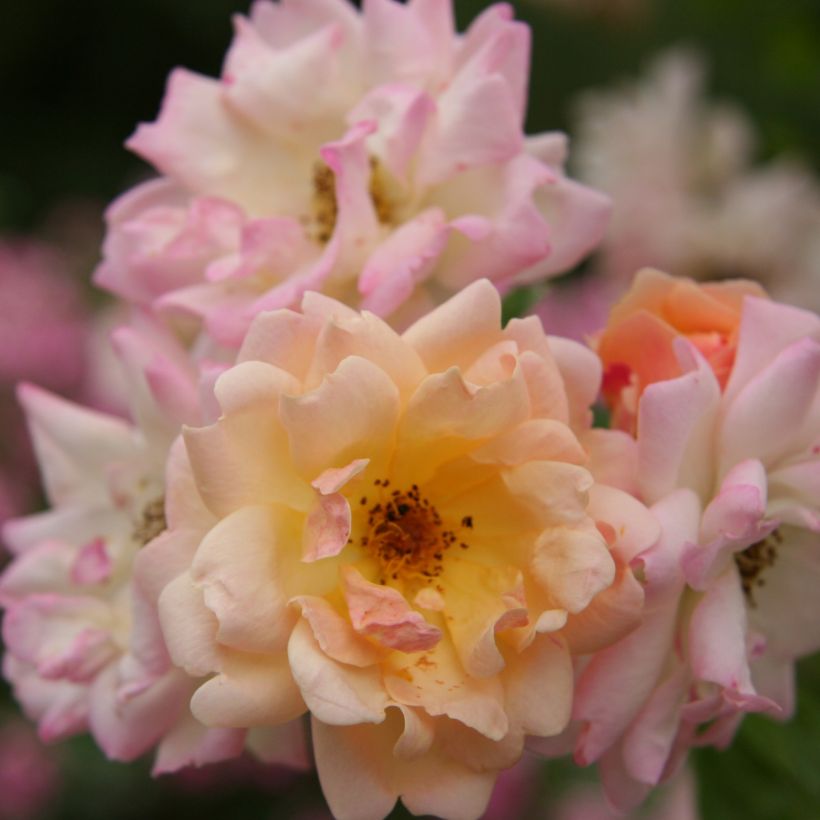

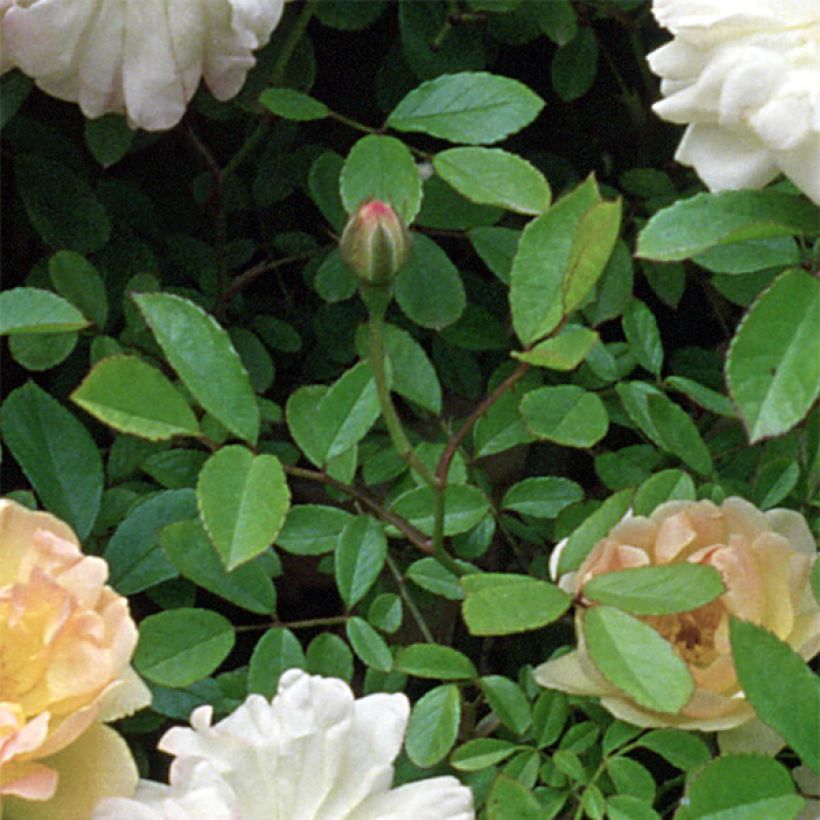

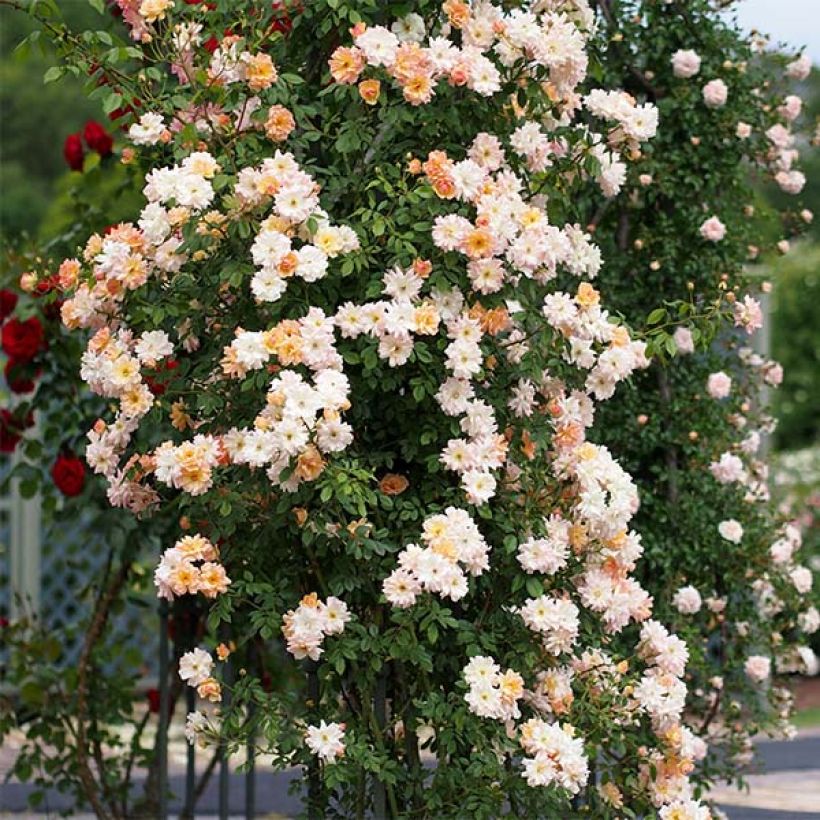

Plant habit
Flowering
Foliage
Botanical data
Rosa
multiflora
Phyllis Bide
Rosaceae
Multiflora Rose, Japanese Rose, Baby Rose, Seven-sisters Rose, Many-flowered Rose
Cultivar or hybrid
Rosa canina Laxa (4L/5L pot, Wrapped bare root)
Other Traditional Roses
Planting and care
The 'Phyllis Bide' rose adapts to any type of soil, even heavy or sandy, as long as the planting is well cared for, with no lack of water or nutrients. Plant it in well-worked and well-drained ordinary soil, and in a sunny or partially shaded location. Plant it in autumn, never when it freezes.
The branches that are 2 years old are the most floriferous. It is useful to reduce the stems that flowered the previous year to 3 or 4 buds, or pruned to 15cm (5.9in). The new sturdy stems will be trained and the old ones removed if necessary. Fairly hardy, this rose can withstand -20°C (-4°F), and if, despite everything, after a harsh winter, the branches freeze to the ground, it will regrow from the base in spring. It may be useful to remove dead wood in winter, and to remove faded flowers if fruit formation is not desired. If necessary, in spring, after the risk of frost, a light pruning can be done.
If you plant a climbing rose next to a living tree, the root system will compete with that of the already well-established tree. To control watering, here's a tip: plant the rose in a large container with a perforated bottom, at the base of the tree. The tree roots will not penetrate the container for at least a year. Remove the container after 1 year, for example by cutting one side, without disturbing the rose's root system. By then, the rose will have had time to develop its root system deeply and will be more resistant.
Roses are often stained or unsightly at the end of summer, but this is not a problem for their development. These spots are not harmful to the rose, it is a natural phenomenon.
Planting period
Intended location
Care
-
, onOrder confirmed
Reply from on Promesse de fleurs
Roses by purpose
Haven't found what you were looking for?
Hardiness is the lowest winter temperature a plant can endure without suffering serious damage or even dying. However, hardiness is affected by location (a sheltered area, such as a patio), protection (winter cover) and soil type (hardiness is improved by well-drained soil).

Photo Sharing Terms & Conditions
In order to encourage gardeners to interact and share their experiences, Promesse de fleurs offers various media enabling content to be uploaded onto its Site - in particular via the ‘Photo sharing’ module.
The User agrees to refrain from:
- Posting any content that is illegal, prejudicial, insulting, racist, inciteful to hatred, revisionist, contrary to public decency, that infringes on privacy or on the privacy rights of third parties, in particular the publicity rights of persons and goods, intellectual property rights, or the right to privacy.
- Submitting content on behalf of a third party;
- Impersonate the identity of a third party and/or publish any personal information about a third party;
In general, the User undertakes to refrain from any unethical behaviour.
All Content (in particular text, comments, files, images, photos, videos, creative works, etc.), which may be subject to property or intellectual property rights, image or other private rights, shall remain the property of the User, subject to the limited rights granted by the terms of the licence granted by Promesse de fleurs as stated below. Users are at liberty to publish or not to publish such Content on the Site, notably via the ‘Photo Sharing’ facility, and accept that this Content shall be made public and freely accessible, notably on the Internet.
Users further acknowledge, undertake to have ,and guarantee that they hold all necessary rights and permissions to publish such material on the Site, in particular with regard to the legislation in force pertaining to any privacy, property, intellectual property, image, or contractual rights, or rights of any other nature. By publishing such Content on the Site, Users acknowledge accepting full liability as publishers of the Content within the meaning of the law, and grant Promesse de fleurs, free of charge, an inclusive, worldwide licence for the said Content for the entire duration of its publication, including all reproduction, representation, up/downloading, displaying, performing, transmission, and storage rights.
Users also grant permission for their name to be linked to the Content and accept that this link may not always be made available.
By engaging in posting material, Users consent to their Content becoming automatically accessible on the Internet, in particular on other sites and/or blogs and/or web pages of the Promesse de fleurs site, including in particular social pages and the Promesse de fleurs catalogue.
Users may secure the removal of entrusted content free of charge by issuing a simple request via our contact form.
The flowering period indicated on our website applies to countries and regions located in USDA zone 8 (France, the United Kingdom, Ireland, the Netherlands, etc.)
It will vary according to where you live:
- In zones 9 to 10 (Italy, Spain, Greece, etc.), flowering will occur about 2 to 4 weeks earlier.
- In zones 6 to 7 (Germany, Poland, Slovenia, and lower mountainous regions), flowering will be delayed by 2 to 3 weeks.
- In zone 5 (Central Europe, Scandinavia), blooming will be delayed by 3 to 5 weeks.
In temperate climates, pruning of spring-flowering shrubs (forsythia, spireas, etc.) should be done just after flowering.
Pruning of summer-flowering shrubs (Indian Lilac, Perovskia, etc.) can be done in winter or spring.
In cold regions as well as with frost-sensitive plants, avoid pruning too early when severe frosts may still occur.
The planting period indicated on our website applies to countries and regions located in USDA zone 8 (France, United Kingdom, Ireland, Netherlands).
It will vary according to where you live:
- In Mediterranean zones (Marseille, Madrid, Milan, etc.), autumn and winter are the best planting periods.
- In continental zones (Strasbourg, Munich, Vienna, etc.), delay planting by 2 to 3 weeks in spring and bring it forward by 2 to 4 weeks in autumn.
- In mountainous regions (the Alps, Pyrenees, Carpathians, etc.), it is best to plant in late spring (May-June) or late summer (August-September).
The harvesting period indicated on our website applies to countries and regions in USDA zone 8 (France, England, Ireland, the Netherlands).
In colder areas (Scandinavia, Poland, Austria...) fruit and vegetable harvests are likely to be delayed by 3-4 weeks.
In warmer areas (Italy, Spain, Greece, etc.), harvesting will probably take place earlier, depending on weather conditions.
The sowing periods indicated on our website apply to countries and regions within USDA Zone 8 (France, UK, Ireland, Netherlands).
In colder areas (Scandinavia, Poland, Austria...), delay any outdoor sowing by 3-4 weeks, or sow under glass.
In warmer climes (Italy, Spain, Greece, etc.), bring outdoor sowing forward by a few weeks.

































